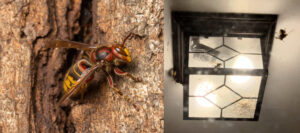
Wasps at Porch Lights
In recent weeks we’ve been getting a lot of messages regarding large wasps coming to porch lights. In all …



El inglés es el idioma de control de esta página. En la medida en que haya algún conflicto entre la traducción al inglés y la traducción, el inglés prevalece.
Al hacer clic en el enlace de traducción se activa un servicio de traducción gratuito para convertir la página al español. Al igual que con cualquier traducción por Internet, la conversión no es sensible al contexto y puede que no traduzca el texto en su significado original. NC State Extension no garantiza la exactitud del texto traducido. Por favor, tenga en cuenta que algunas aplicaciones y/o servicios pueden no funcionar como se espera cuando se traducen.
Inglês é o idioma de controle desta página. Na medida que haja algum conflito entre o texto original em Inglês e a tradução, o Inglês prevalece.
Ao clicar no link de tradução, um serviço gratuito de tradução será ativado para converter a página para o Português. Como em qualquer tradução pela internet, a conversão não é sensivel ao contexto e pode não ocorrer a tradução para o significado orginal. O serviço de Extensão da Carolina do Norte (NC State Extension) não garante a exatidão do texto traduzido. Por favor, observe que algumas funções ou serviços podem não funcionar como esperado após a tradução.
English is the controlling language of this page. To the extent there is any conflict between the English text and the translation, English controls.
Clicking on the translation link activates a free translation service to convert the page to Spanish. As with any Internet translation, the conversion is not context-sensitive and may not translate the text to its original meaning. NC State Extension does not guarantee the accuracy of the translated text. Please note that some applications and/or services may not function as expected when translated.
Collapse ▲
In recent weeks we’ve been getting a lot of messages regarding large wasps coming to porch lights. In all …
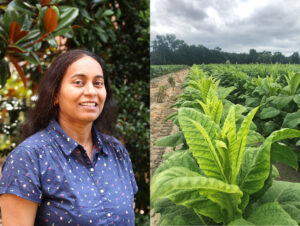
The NC State Plant Disease and Insect Clinic is happy to announce the arrival of our newest lab member, …
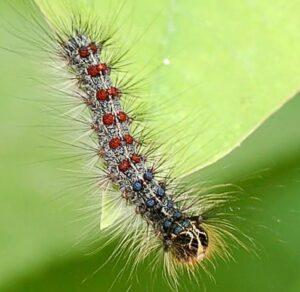
When we think of insects, rarely do we think, “Wow, look at that beautiful Danaus plexippus!” In both conversation …
Although we were spared much of the brunt of Tropical Storm Elsa, parts of North Carolina were still pummeled …
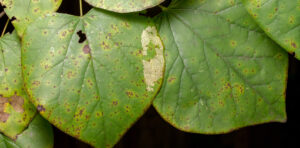
We are excited to announce the NC State Plant Disease and Insect Clinic (PDIC) will be returning to normal …
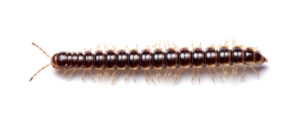
Recent heavy rains across the state have resulted in invasions of yards and homes by what some might call …

This month, the N.C. Department of Agriculture and Consumer Services is beginning treatments for Lymantria dispar (formerly known as ‘gypsy moth’) at …
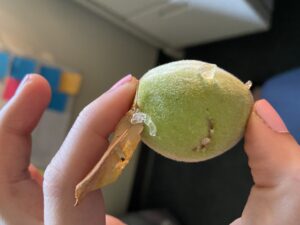
It’s spring, and you start noticing a clear, gummy ooze coming from your newly formed peaches. The likely cause …
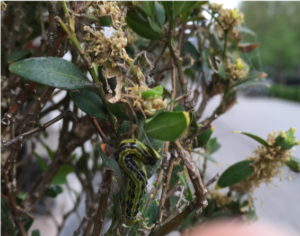
Box tree moth, Cydalima perspectalis, is native to Asia. It was introduced into Europe in 2007 and quickly spread …
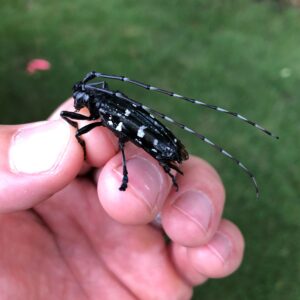
Original article written by Laura Oleniacz for NC State News, published May 25, 2021. If you’re planning to try to …
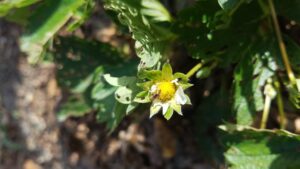
In most gardens, if you look close enough, you can see all kinds of interesting things. You might notice …

Calico scale, Eulecanium cerasorum, was accidentally introduced to California from Asia in the 1920s. It has now become established …
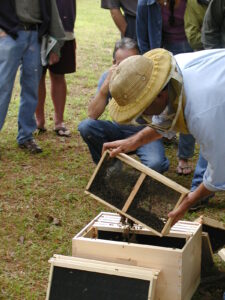
Springtime for beekeepers is synonymous with starting new colonies, especially since annual losses have been hovering ~40% every year so …
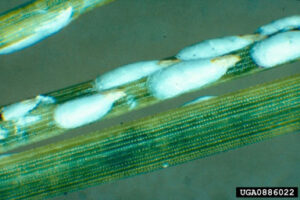
It’s not just baby birds that hatch from eggs each spring. In the next several weeks, pine needle scale …
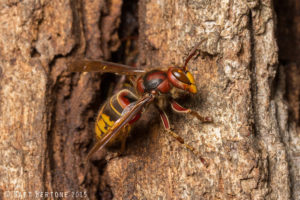
Last year, there was a lot of media buzz (no pun intended) surrounding the introduction of Asian giant hornets …
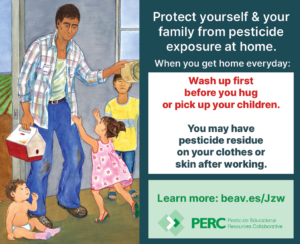
How can you encourage farmworkers and their families to use practices that minimize the risk of pesticide exposure? The …

The NC State Extension Small Fruits Program is organizing an Air-Blast Sprayer Training in a HYBRID format April 13–14, 2021. …

A new insecticide, Steward, has recently been registered in tobacco. Steward, with the active ingredient indoxacarb, is labeled for …
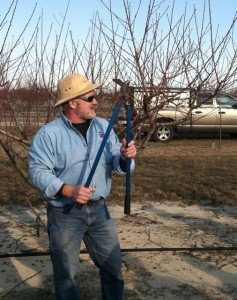
A Message from the NC Peach Growers’ Society NC Peach Growers, The year 2020 marked the …
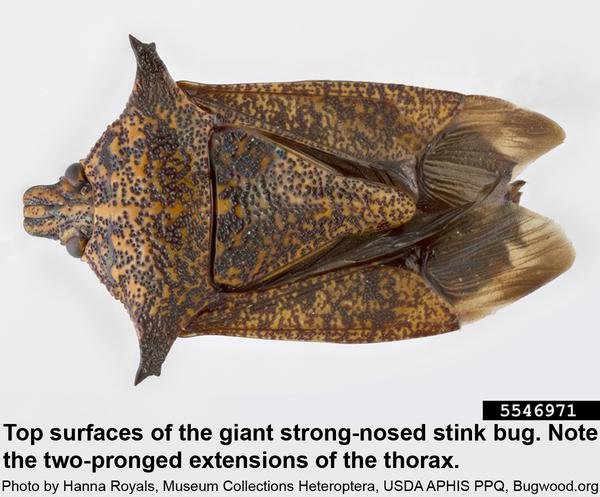
This factsheet describes the biology of the giant strong-nosed stink bug, Alcaeorrhynchus grandis, and provides …

This manual prepares pesticide applicators for Forest Pest Control Certification exams in the following states: …
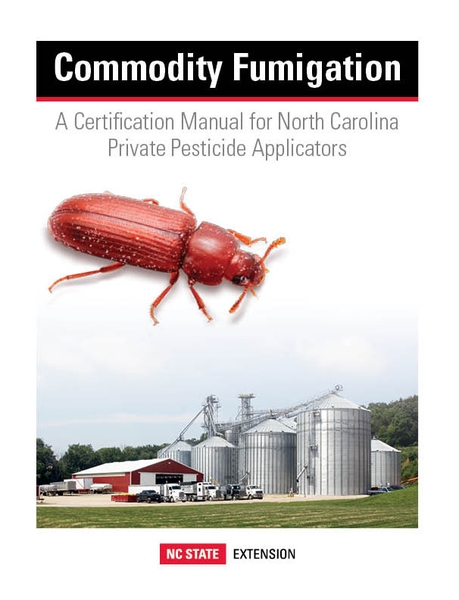
This manual provides guidance tailored for North Carolina's non-commercial pesticide applicators using fumigants in commodity …
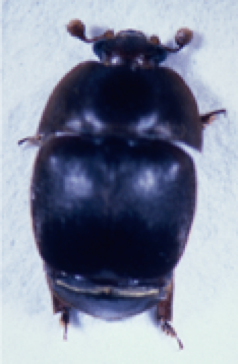
This factsheet describes the small hive beetle, its life cycle and how to prevent infestations …
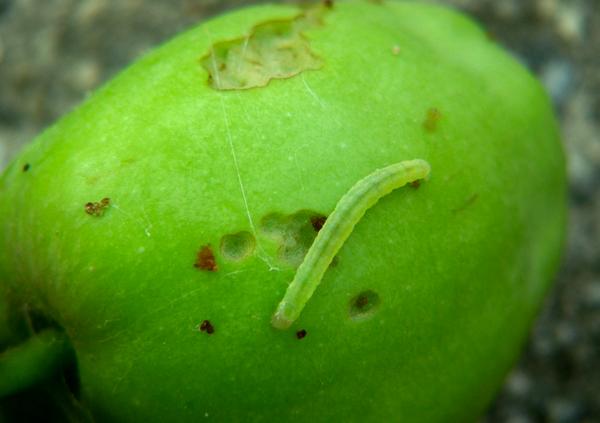
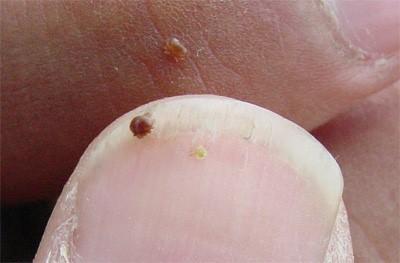
It is the goal of every beekeeper to maintain healthy, productive colonies. This can only …
To apply restricted-use pesticides to agricultural commodities, you must be certified or be supervised by …

This factsheet offers information on the biology and management of the emerald ash borer, an …